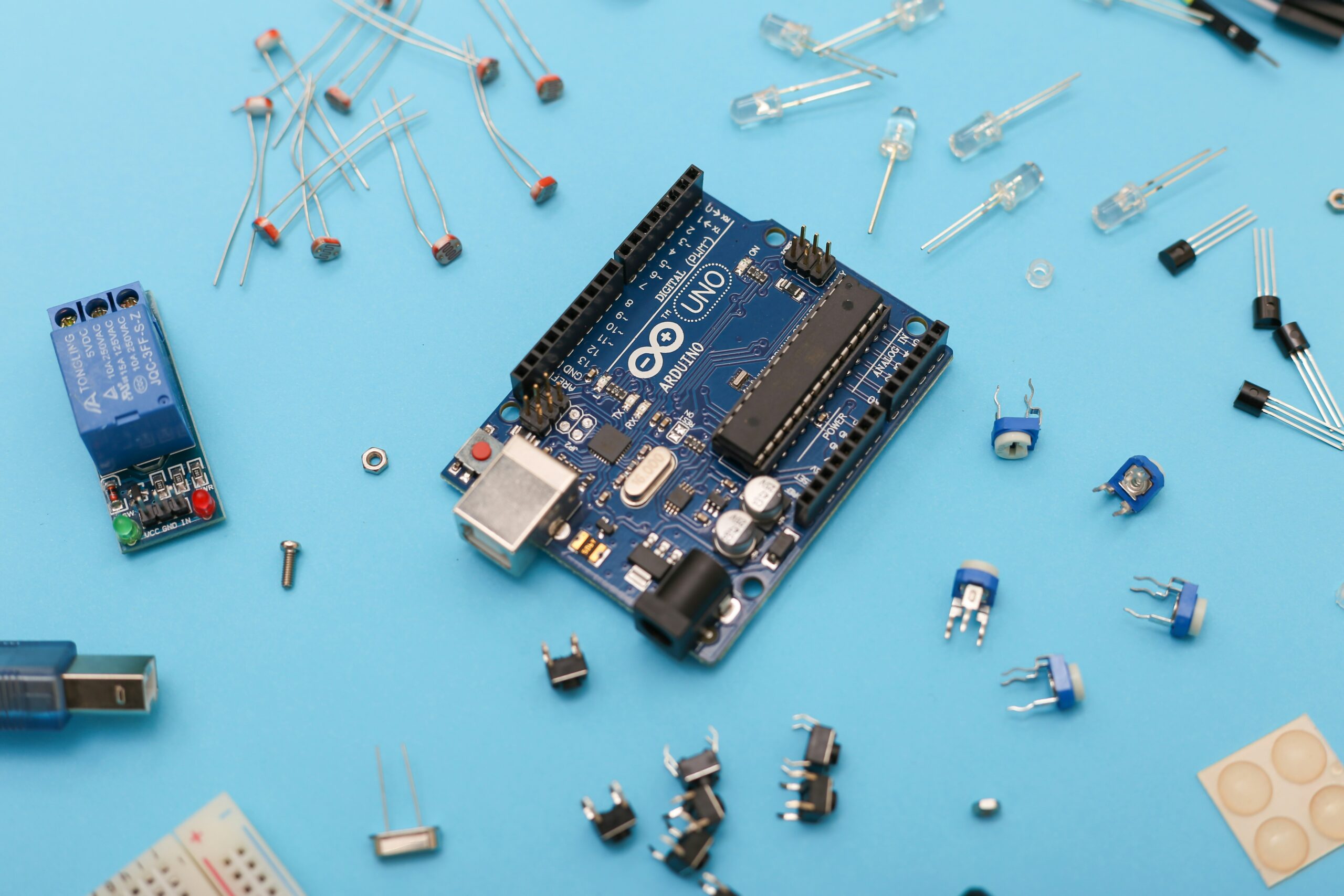Today, the demand for real-time communication and collaboration is higher than ever. From chat applications to live dashboards, users expect instant updates and seamless interaction in their web experiences. Traditional HTTP-based communication, while effective for many use cases, falls short when it comes to real-time scenarios due to its stateless nature and high overhead. Websockets is a revolutionary technology that is transforming the way we communicate on the web.
Understanding Websockets
Websockets provide a full-duplex communication channel over a single, long-lived connection between the client and the server. Unlike traditional HTTP requests, which are stateless and require the client to initiate a new connection for each request, Websockets maintain a persistent connection, enabling bidirectional data flow between the client and the server. This persistent connection allows for real-time communication, with data being transmitted instantly in both directions without the need for repeated handshakes.
Advantages of Websockets
- Instantaneous Communication: One of the most significant advantages of Websockets is their ability to enable instantaneous communication between clients and servers. With Websockets, updates, messages, and notifications can be delivered to clients in real-time, providing users with a seamless and responsive web experience.
- Efficiency: Websockets are highly efficient compared to traditional HTTP-based communication. By maintaining a persistent connection, Websockets eliminate the need for repeated handshakes and header overhead associated with HTTP requests, resulting in lower latency and reduced network traffic.
- Scalability: Websockets are inherently scalable and can support thousands of concurrent connections on a single server. This scalability makes them ideal for applications with high concurrency requirements, such as chat applications, live streaming platforms, and multiplayer games.
- Interactivity: Websockets enable a new level of interactivity in web applications. Whether it’s voting in a live poll, receiving real-time updates in a collaborative document, or engaging in a multiplayer game, Websockets empower users to interact with your application in real-time, enhancing engagement and user satisfaction.
Use Cases for Websockets
Websockets are well-suited for a wide range of real-time communication scenarios, including:
- Chat Applications: Websockets power real-time messaging platforms, allowing users to exchange messages instantly without the need for page refreshes.
- Live Dashboards: Websockets enable live updates and data visualization in dashboards, providing users with real-time insights and analytics.
- Collaborative Editing Tools: Websockets facilitate real-time collaboration in document editing tools, enabling multiple users to edit documents simultaneously and see changes in real-time.
- Multiplayer Games: Websockets support real-time multiplayer gaming experiences, allowing players to interact with each other and receive updates instantly during gameplay.
Conclusion
Websockets represent a significant advancement in web communication technology, empowering developers to build interactive, real-time applications that meet the evolving needs of users in today’s digital age. By enabling instantaneous communication, improving efficiency, and enhancing interactivity, Websockets are revolutionizing the way we communicate on the web. Whether you’re building a chat application, a live dashboard, or a multiplayer game, Websockets offer a powerful and scalable solution for delivering real-time experiences to users worldwide.






